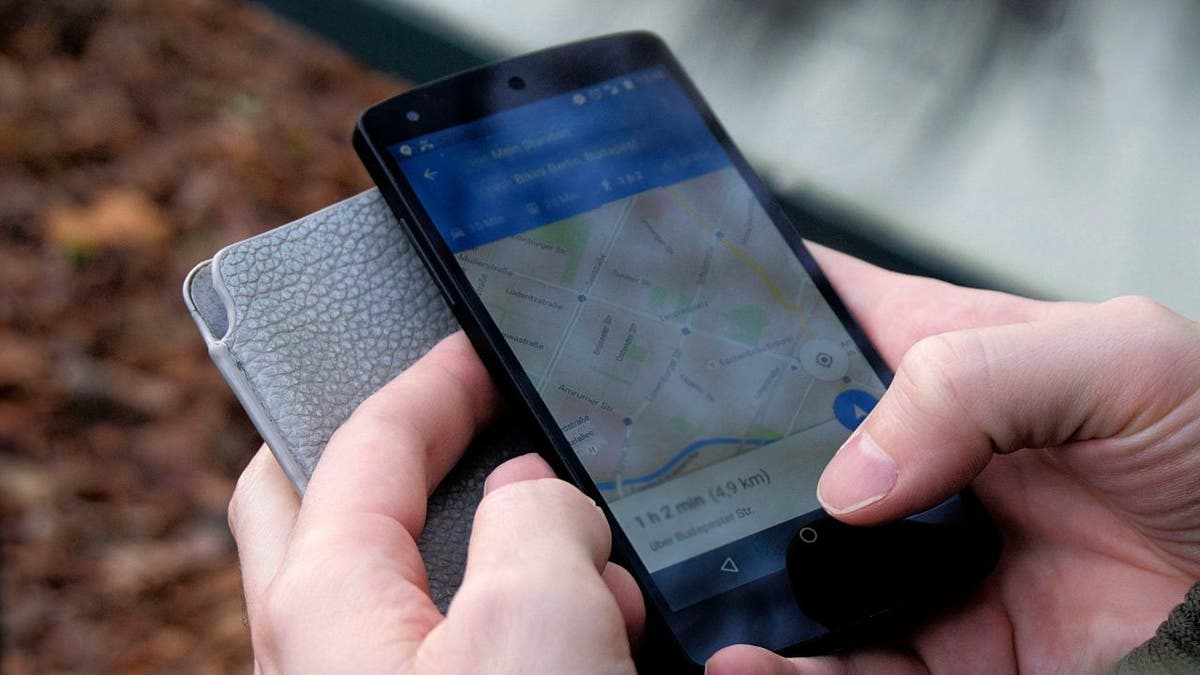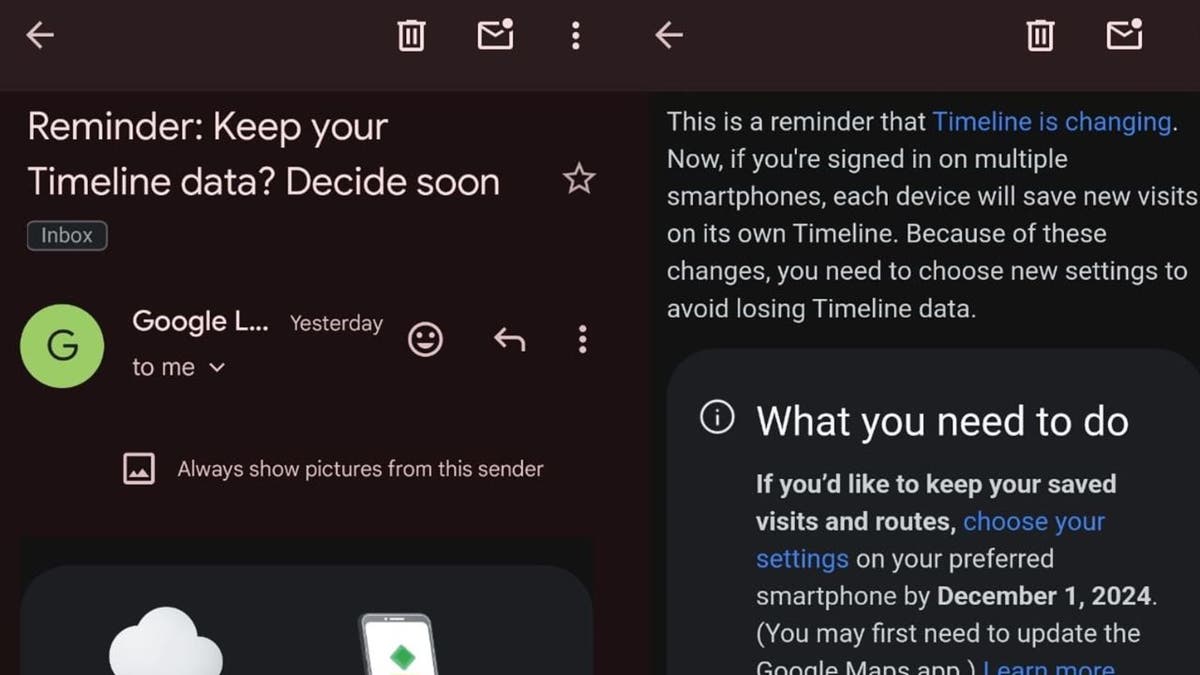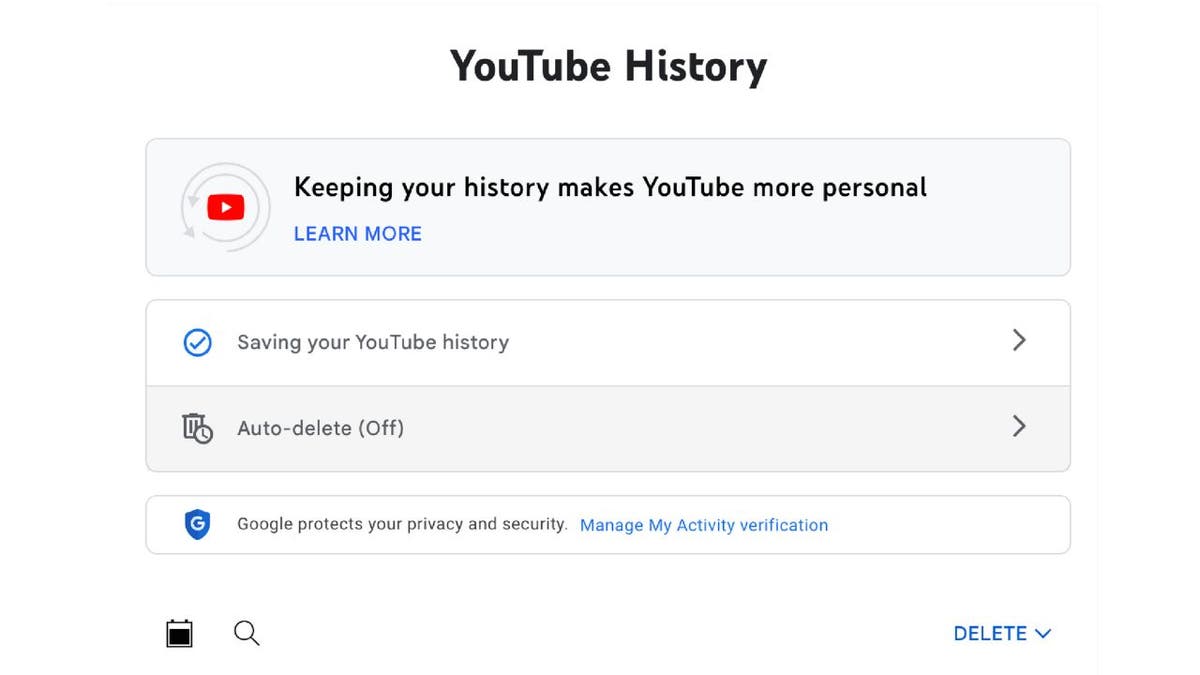Google Maps is about to delete location history, so take action now to save your data

Google is making big changes to its Maps Timeline feature, which tracks your location history. As part of this update, you will soon receive a notification that your Timeline data will be automatically deleted after a certain period unless you take steps to back it up. The shift represents a shift toward enhanced privacy, as Google plans to store Timeline data locally on your device rather than on its servers. While this change is designed to protect your data from unauthorized access, it also means that any unsupported location history may be permanently lost.
GET SECURITY ALERTS, EXPERT TIPS, AND SUBSCRIBE TO KURT’S NEWSLETTER – CYBERGUY REPORTS HERE
Google Maps (Kurt “CyberGuy” Knutson)
What’s happening to Google Maps Timeline?
Google Maps’ location tracking feature, known as Timeline, is getting a major update. Previously, Google announced plans to move this data to local storage. Now, the company is sending out emails to remind you of the upcoming changes.
Unless you take action, Google will begin deleting Timeline data for the past three months. While this shift to local storage provides more privacy for those concerned about sharing their location data with Google, it also means that your past location history may be permanently lost if you don’t take action.
Once notified, you will have approximately six months to save or transfer your Timeline data before it is deleted. The email will be sent via Google Location History with the subject line: “Keep your timeline? Decide [date]”.
Keep in mind that not everyone has received these notifications, so there is no need to rush immediately. However, once you receive the email, you will have six months to make a decision.

A man uses Google Maps on his mobile phone (Kurt “CyberGuy” Knutson)
How Google Maps gives you more control over your location data
Why should we save timeline data?
There are several compelling reasons why users would want to save Google Maps Timeline data.
Personal memories: The Timeline feature lets you relive past travels and experiences as a digital diary of the places you visited and the routes you took. For many, these memories are precious and worth preserving.
Travel plan: Access historical location data to help plan future travel. You can analyze previous trips and make informed decisions about destinations, accommodations, and activities based on past experiences.
Security: Recording the places visited is beneficial to personal safety. In the event of an emergency or dispute, a detailed history of actions can provide important information.
Data ownership: By moving to local storage, you have more control over your data. Saving this information ensures it remains accessible and private without relying on cloud services that may be vulnerable to compromise.
Avoid losses: Google says any unsupported location history will be deleted after conversion. Persons wishing to retain data must take immediate action to prevent permanent loss.
Brussels Sprouts Christmas Tree Lights Up Science
How to back up your location history
If you received the above email or just want to make sure your timeline data is preserved, you can do the following:
1) Google’s timeline export tool:
- access takeout.google.com
- Deselect all options except Location History (Timeline)
- Click Next step
- choose Create export. You’ll receive a backup of your data and see this note at the bottom of the screen: “Google is making a copy of your data from Location History (Timeline).” This process may take a long time (perhaps hours or days) to complete. You will receive an email when the transfer is complete.
2) Google is rolling out a feature that allows you to export timeline data directly from your device. How to use:
On your phone or tablet:
- Open Google Maps App
- Click on your Profile picture or the initials in the upper right corner.
- choose your schedule
- Click three points in the upper right corner.
- choose Location and privacy settings
- Scroll down and click Export timeline data
- You may see various options for exporting your data, such as sharing via email, messaging apps, or saving to a cloud service. Choose the method that best suits your needs. 1) If you choose to share via email, please click Email optionswhich will open your email application and attach the exported data. Enter the recipient’s email address and send. 2) If you choose messaging appfollow the prompts to send the file through the app.
On your computer:
- Go to Google Maps in your web browser
- Click three horizontal line in the upper left corner of the screen
- choose saved
- Click map tab.
- Scroll down and click Create a map
- tap create
- In the new window, click import Upload your exported data.
Keep in mind that this backup will be specific to that device, so you may need to repeat this process on other devices you use.
notes: Some users reported that their profiles were deleted even after they requested that nothing be lost. To avoid this, we recommend backing up your timeline data regularly.

Google reminder email (Kurt “CyberGuy” Knutson)
This Google Maps Trick Can Enhance Your Navigation
More ways to stay private
While this update may help you avoid sharing your location data with Google, it’s important to remember that Google collects personal data in other ways. Here are some additional steps you can take to protect your privacy.
1) Turn off location data on Google: This will prevent Google Photos from estimating where your photo was taken. Here’s how to do it.
On your phone or tablet:
- open your google photos app
- click on your Profile icon upper right corner of screen
- choose Google Photos settings
- Click privacy
- Click location options
- Toggle next to where it says Estimate missing locations. This will prevent Google Photos from using location history data to estimate where your photos were taken.
2) Disable facial recognition: Sharing your face with Google puts you at risk of the company collecting the information without your consent, sharing it with third parties, and using it in ways you might not be aware of. Here’s how to turn it off.
- Open Google Photos on your phone
- Click on your Profile icon in the upper right corner
- Go to Google Photos settings and select
- Click privacy
- Disable face grouping by toggling next to where it appears face set
3) Delete your YouTube history: Google tracks your YouTube viewing history and recommends videos based on your past activity. While this can be convenient for discovering similar content, it can also feel like an invasion of your privacy. Here’s how to end it.
On the desktop:
- Go to YouTube.com
- log in your YouTube account
- click on your Profile icon in the upper right corner
- Click Your data on YouTube
- Click Manage your YouTube search history
- Click delete, then click Delete all time
- It will ask you to click to confirm your decision delete
- Then click knew
On a mobile device:
- Open YouTube app on your phone
- Click on your Profile icon in the lower right corner
- Go to settings and click on the upper right corner of the screen
- choose History and Privacy
- tap Clear viewing history
- Click to confirm your decision Clear viewing history
- You will receive a pop-up notification showing your viewing history has been cleared

YouTube history example (Kurt “CyberGuy” Knutson)
4) Use a VPN: A virtual private network (VPN) can significantly enhance your privacy when using Google Maps and other online services. Here’s how it helps:
- Block your IP address: A VPN hides your real IP address, making it harder for Google to track your physical location.
- Encrypt your data: A VPN encrypts your internet traffic, protecting your data from potential eavesdroppers.
- Bypass geo-restrictions: You can access Google Maps and other services just like you do anywhere else, potentially avoiding location-based tracking.
To use a VPN with Google Maps:
- choose one Reputable VPN service provider
- Install VPN app on your device
- Connect to VPN server Before opening Google Maps
- use Google Maps As usual, added privacy protection
Important warning: While using a VPN can enhance your privacy, it may interfere with Google Maps’ ability to provide accurate directions. This is because the VPN may route your connection through servers in different locations, causing the application to misidentify your current location. If you need precise navigation or directions from your current location, consider temporarily disabling your VPN when using Google Maps to ensure accurate results.
Pro tip: For maximum privacy, use a VPN with Google Maps’ incognito mode. This ensures that your search and location data are not tied to your Google Account, providing an extra layer of anonymity.
Recommended VPN services: To find the best VPNs that work across Windows, Mac, Android, iOS, and more, check out my expert reviews of the top VPN software. These reviews highlight options that prioritize privacy, speed, and reliability.
6 Ways to Take Back Your Privacy on Google
Kurt’s key takeaways
Google’s decision to delete location history after three months is a major move aimed at giving you more control over your data and providing better privacy by storing information locally. With privacy concerns growing, it’s encouraging to see companies like Google taking steps to increase transparency and user choice.
What other Google privacy questions do you have? Please write to us Cyberguy.com/contact.
For more of my tech tips and security alerts, subscribe to my free CyberGuy Reports newsletter by going to Cyberguy.com/Newsletter.
Ask Kurt a question or let us know what stories you’d like us to cover.
Follow Kurt on his social channels:
Answers to CyberGuy’s most frequently asked questions:
New news from Kurt:
Copyright 2024 CyberGuy.com. all rights reserved.



